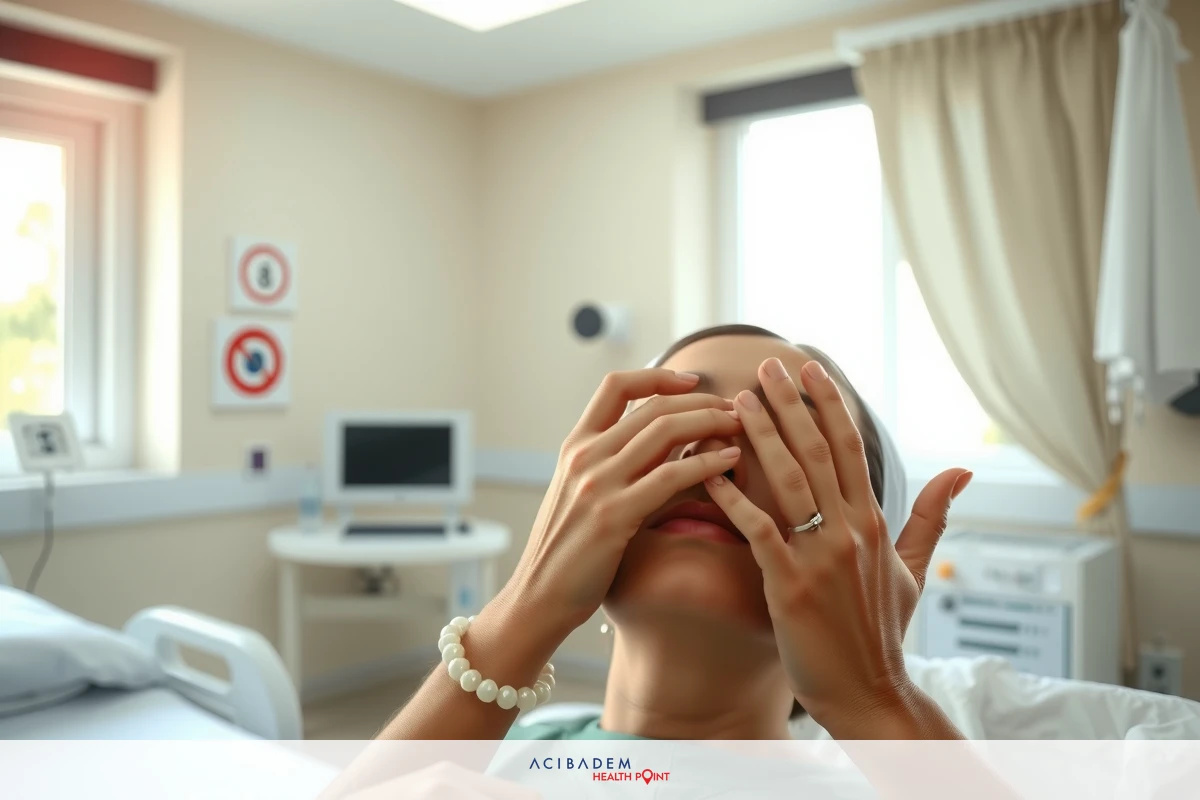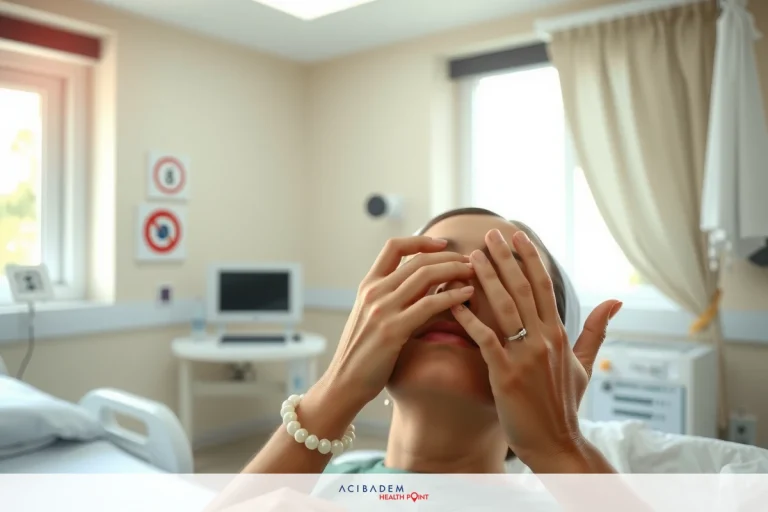Can I Touch My Nose 2 Weeks After Rhinoplasty?
Can I Touch My Nose 2 Weeks After Rhinoplasty? Rhinoplasty, or ‘nose job,’ is a delicate process that requires expert care during recovery. There is an intricacy to the healing journey – a dance between patient and body as they navigate the post-surgery period together. Much like an artist waiting for paint to dry on canvas, touching your nose after rhinoplasty too soon can disrupt the masterpiece in progress.
The question of when you can touch your nose after surgery implies more than meets the eye. It’s not just about physical contact; it’s about understanding how our actions impact the subtle yet profound process of bodily healing. Each day following surgery marks another step forward in this journey, bringing with it new layers of complexity and insight into what our bodies need from us.
After two weeks have passed since your rhinoplasty operation, one might ask if it’s time yet? The answer isn’t straightforward but rather shrouded in shades of gray reflective not only of clinical guidelines but also individual recovery trajectories which are unique and personal.
Post-Operative Instructions
Navigating post-operative instructions can feel like journeying through a labyrinth, especially after rhinoplasty. Each direction we turn, there seems to be another piece of advice or stipulation that demands our attention. Amidst this complex web of information, you may find yourself wondering about the seemingly simple act of touching your nose and how it fits into the broader picture of rhinoplasty recovery.
The first nugget to glean from these instructions is patience. Rhinoplasty recovery isn’t a sprint; it’s more akin to a marathon where each stride must be measured and purposeful in order not to upset any progress made so far in healing your nose. It’s true that two weeks post-surgery might seem like enough time has passed for some normalcy to return; however, ‘normal’ takes on an entirely new definition when considering surgical healing processes.
Touching your nose isn’t just about physical contact—it encompasses various actions such as cleaning and applying prescribed medications or ointments. These are vital aspects of proper nose care following surgery but they need careful administration. Too much pressure while cleaning could displace cartilage or cause unwanted swelling whereas forgetting medication schedules might slow down the overall healing process.
The interplay between touch and care during rhinoplasty recovery creates an intricate dance—one where every step holds significance in influencing the final outcome. The rhythm sets its own pace with each individual body dictating unique timelines for their respective recoveries which cannot be rushed nor slowed down by mere will alone—something worth keeping in mind amidst navigating post-operative directions.
Lastly but not least important amongst these instructions is communication—with both one’s self and one’s healthcare provider(s). It’s crucial that patients remain attentive listeners during this period, tuning into subtle shifts within their bodies while also maintaining open dialogues with medical professionals involved in their journeys towards full recovery.
Healing Process
Painting a vivid picture of the healing process after rhinoplasty requires us to delve into an intricate tapestry, woven thread by thread over time. Each strand represents a different aspect of recovery—physical, emotional, and psychological—all converging to form the complete image. The act of touching your nose post-surgery is one such thread intricately intertwined within this grand design.
The initial stages of recovery are characterized by swelling and bruising which can create an illusion that distorts

our perception. It’s crucial not to mistake these temporary changes as final outcomes; like mirages in the desert, they disappear over time revealing the true landscape underneath—a reshaped nose taking its place in harmony with other facial features.
The delicate balance between care and touch becomes even more pronounced during this period. With skin stretched thin around surgical wounds and cartilage being fragile due to recent manipulation, it’s easy for inadvertent contact or pressure to disrupt healing processes underway beneath surface layers. Therefore patients are advised against touching their noses unless absolutely necessary—for cleansing purposes or applying prescribed treatments—and even then only under guidance from their surgeons.
As weeks turn into months post-rhinoplasty surgery, visible signs of healing start emerging like dawn breaking after a long night—bruises fade away while swelling subsides gradually unveiling new contours along nasal structures. However underlying tissues continue on their own timelines following distinct rhythms marked by cellular regeneration and structural reorganization which aren’t necessarily synchronized with external appearances.
This divergence between internal progress versus external manifestation presents another layer in understanding why certain restrictions remain valid well beyond initial phases—in particular those related to physical contacts with operated areas such as touching your nose too soon or too frequently without proper precautions despite perceived normality externally might inadvertently hinder complex processes unfolding hidden from sight but essential for successful outcomes nonetheless.
Moving through various stages towards full recovery isn’t simply about passive waiting—it involves active participation where every decision made (or avoided) plays a role in shaping final outcomes. It’s important to keep this perspective while navigating through the healing process after rhinoplasty surgery, especially when it comes to respecting guidelines around touching your nose post-operation. Each stage offers unique insights into our body’s incredible resilience and adaptability, painting an awe-inspiring picture of human biology at work—worth safeguarding with diligent care and patience.
Frequently Asked Questions
What happens if I accidentally touch my nose after rhinoplasty?
A casual brush or light contact might not cause any significant disruption to the healing process. However, it's still imperative that patients exercise extreme caution during their recovery period. The newly operated structures within your nose are fragile and even minor disturbances could potentially affect the final outcome of your surgery.
How can I effectively clean my nose without causing harm post-surgery?
Cleaning is an essential part of post-operative care but must be done gently and under guidance from your healthcare provider. Typically saline sprays are recommended for cleaning nasal passages while avoiding excessive touching or rubbing of external areas which could inadvertently disrupt healing processes underway.
When can I resume normal activities like blowing my nose or wearing glasses?
Resumption of routine activities varies between individuals depending on unique timelines dictated by each body’s healing capacity. Most surgeons advise against blowing your nose for at least two weeks and suggest using alternative methods such as humidifiers to alleviate congestion if necessary. Similarly, wearing glasses should generally be avoided until cleared by your surgeon as pressure exerted on nasal bridges could interfere with optimal healing outcomes.
Is there a specific technique to apply medications without disrupting the surgical site?
Yes, applying medication typically involves gentle dabbing rather than rigorous rubbing so as not to dislodge sutures or cause undue stress on sensitive tissues. It's best carried out under supervision initially until you get familiar with the correct method—another testament to why following post-operative instructions judiciously is crucial in successful rhinoplasty recoveries.











